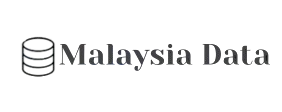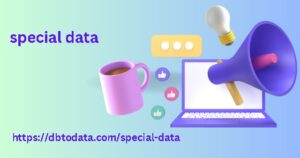Custom reporting data offers the ability to request one or more dimensions, metrics, and filters per chart to pre-filter your data. When working with Google Analytics, we do not work with raw data but with dimensions and metrics, which are aggregations of this data. This is also the case in Looker Studio.
The problem with working with aggregat data
How do I aggregate it” and that is where our desires when asking GA for data may not match how GA actually aggregates the data.
To summarize, we will say that there are currently 4 data areas:
Event : Data associat with specific actions perform by users in a session .
User : Data that describes a user’s behavior throughout all of their sessions.
Session : Data that analyzes user behavior during a specific visit.
Item : Data that describes the essential characteristics of products or services in an e-commerce event, such as name, price, description and other facebook database key attributes that facilitate their identification and differentiation.
Dimensions and metrics in
Analytics are specifically design to maximize the efficiency of data collection and analysis within specific domains. Each of these domains provides a the file will be saved on your computer unique perspective that is essential for detail analysis.
Let’s look at some specific examples to illustrate how these areas apply in analysis:
User Scope: This scope is ideal for evaluating the impact of marketing campaigns on user behavior over the long term, allowing analysts to better understand the effectiveness of different strategies in customer retention and loyalty.
Session Scope: Us to examine user interaction during
A specific visit to the site, facilitating the analysis of metrics such as bounce rate, which measures user engagement with the content of a page immiately after arriving at it.
Event Scope: This scope details specific actions within a yeezys shoes session, such as button clicks or video views, allowing for fine-grain analysis of user interaction with specific site elements.

